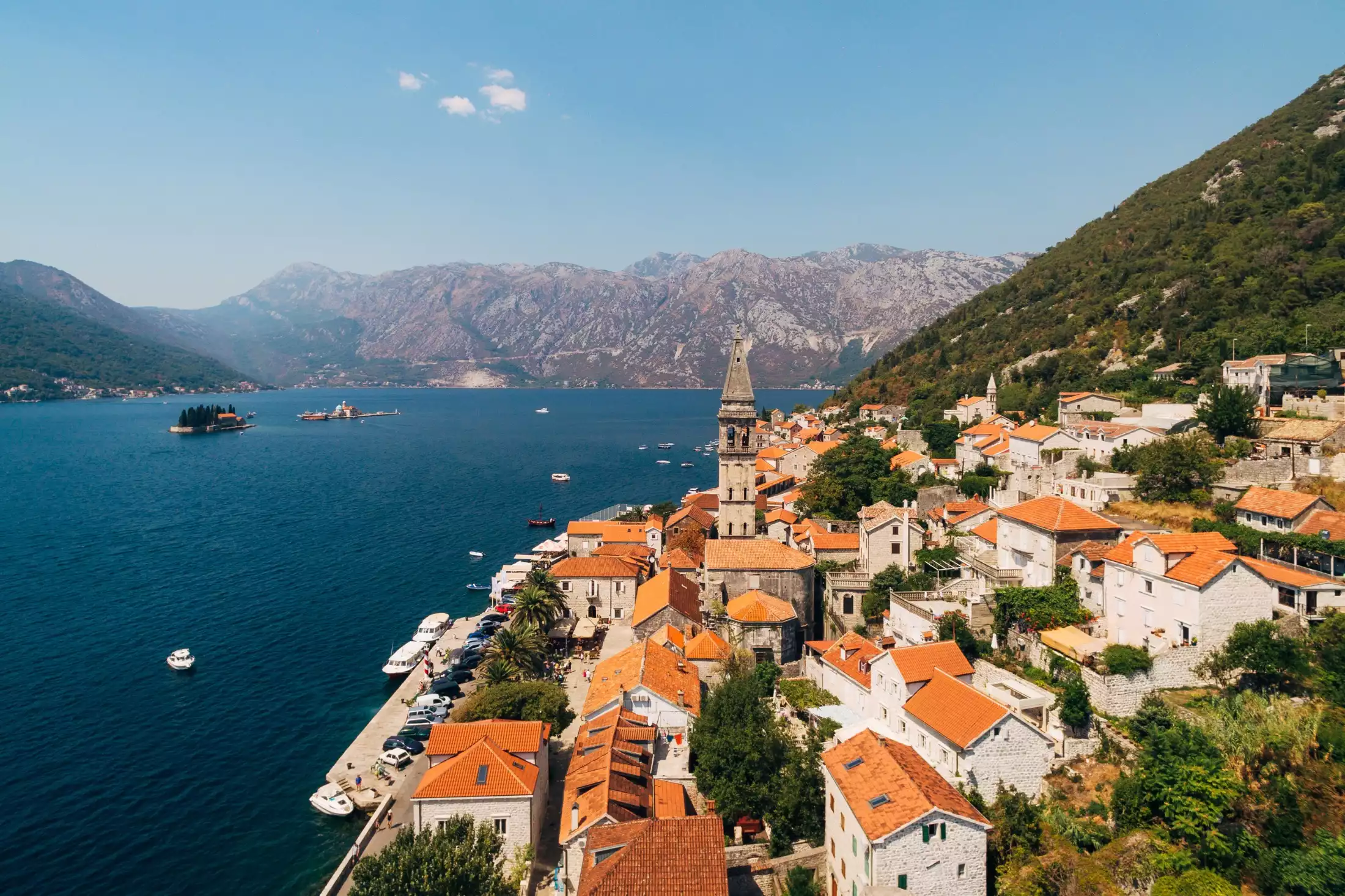
Perast Montenegro: A Gem on the Adriatic Coast
Perast Montenegro is a captivating coastal town located in the heart of the Bay of Kotor. This article will provide a comprehensive guide to this enchanting destination, highlighting its rich history, intriguing local legends, unique architecture, must-see attractions, and practical information for tourists. Visit Perast to experience the best of Montenegrin hospitality, stunning natural beauty, and a fascinating blend of cultural influences.
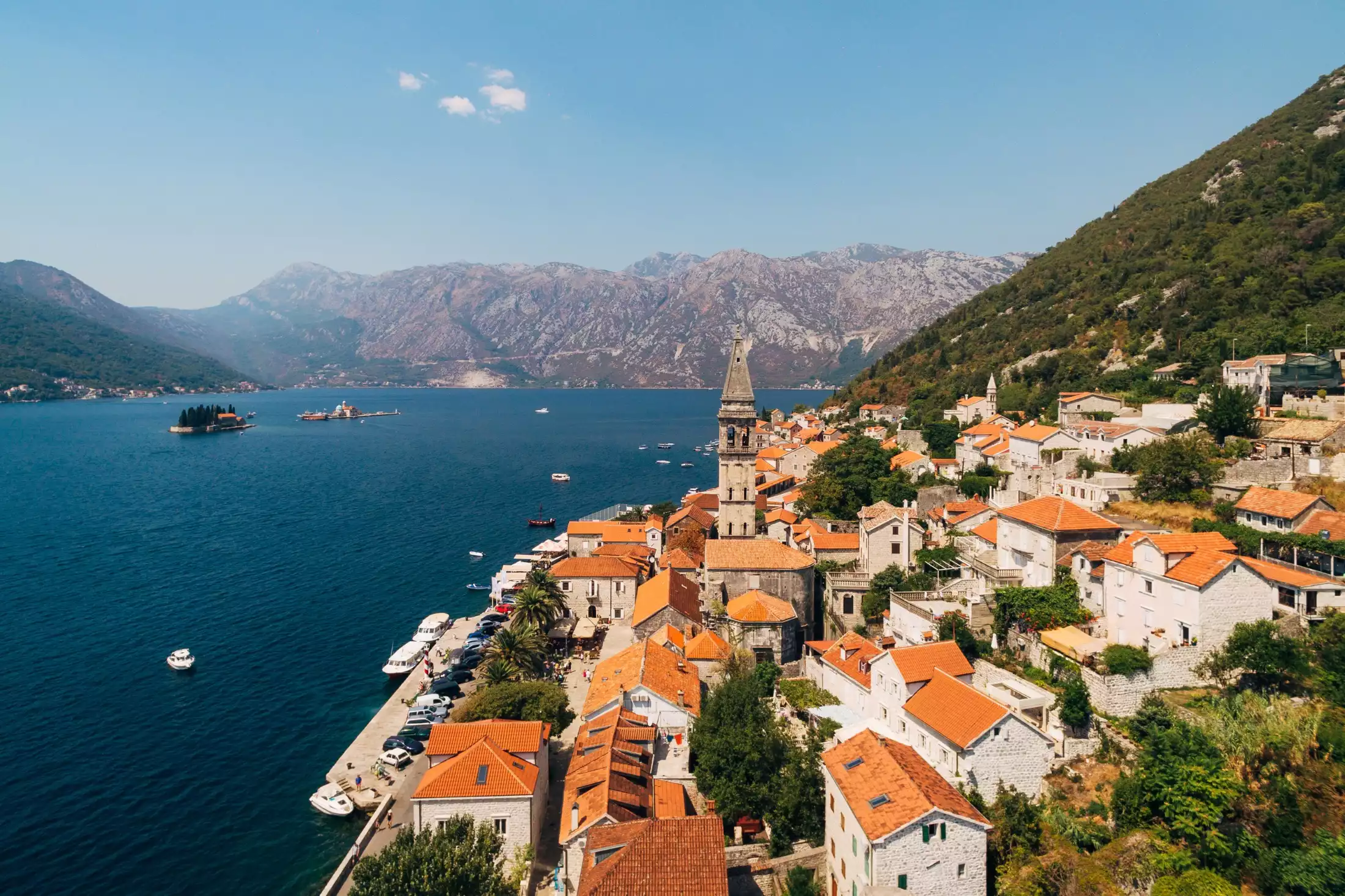
History and Legends of Perast
The history of Perast Montenegro can be traced back over two millennia, with its roots firmly planted in the ancient world. The earliest evidence of human settlement in the area dates back to the Roman era, with archeological finds suggesting that a small community existed here as early as the 1st century AD. Throughout its long history, Perast has witnessed the rise and fall of numerous empires, each leaving its own unique imprint on the town's culture, architecture, and traditions.
During the early Middle Ages, Perast was under the rule of the Byzantine Empire. The town's strategic location on the coast of the Adriatic Sea made it an important maritime center, with its natural harbor providing a safe haven for ships traversing the bay. This period also saw the arrival of Slavic tribes in the region, which would go on to form the basis of Montenegrin culture.
In the late 14th century, the Kingdom of Bosnia gained control over Perast. This period of rule was short-lived, however, as the expanding Ottoman Empire soon threatened the region. The people of Perast valiantly resisted Ottoman encroachment, and in the 15th century, they sought the protection of the powerful Venetian Republic. The Venetians granted Perast the status of an autonomous municipality, thus beginning a period of Venetian rule that would last for more than 350 years.
Under the protection of the Venetian Republic, Perast flourished as a center of trade, shipbuilding, and seafaring. The town's shipbuilders were renowned for their skill and craftsmanship, producing vessels that were highly sought after throughout the Mediterranean. This period of prosperity also saw a significant increase in the town's population, with many noble families from the region establishing their homes in Perast. This influx of wealth and influence led to the construction of numerous palaces, churches, and other architectural marvels that can still be seen today.
In the early 18th century, Perast reached its zenith, boasting a fleet of over 100 ships and a population of around 1,600 inhabitants. The town played a pivotal role in several naval conflicts, most notably the Battle of Perast in 1654, when a small force of local sailors successfully defended the town against a much larger Ottoman fleet.
Despite its maritime prowess, Perast was not immune to the broader political changes sweeping across Europe during this period. The decline of the Venetian Republic in the late 18th century ultimately led to the end of its rule in the region. In 1797, Perast was ceded to the Habsburg Monarchy as part of the Treaty of Campo Formio. Over the next century, the town changed hands several times, coming under the rule of the French Empire, the Russian Empire, and the Kingdom of Montenegro, before finally becoming part of the Kingdom of Yugoslavia in 1918.
Throughout its storied past, Perast has been a melting pot of different cultures, religions, and artistic styles. This rich tapestry of influences can be seen in the town's architecture, cuisine, and customs, making it a truly unique destination for visitors.
Perast is also home to numerous local legends, many of which have been passed down through the generations. One of the most famous legends centers on the Pirate Queen, Teuta, who ruled the Illyrian Kingdom during the 3rd century BC. Fiercely independent, Queen Teuta resisted Roman expansion into the region, and it is said that she hid her treasure in the caves surrounding Perast. To this day, the treasure remains undiscovered, and the legend continues to captivate the imaginations of locals and visitors alike.
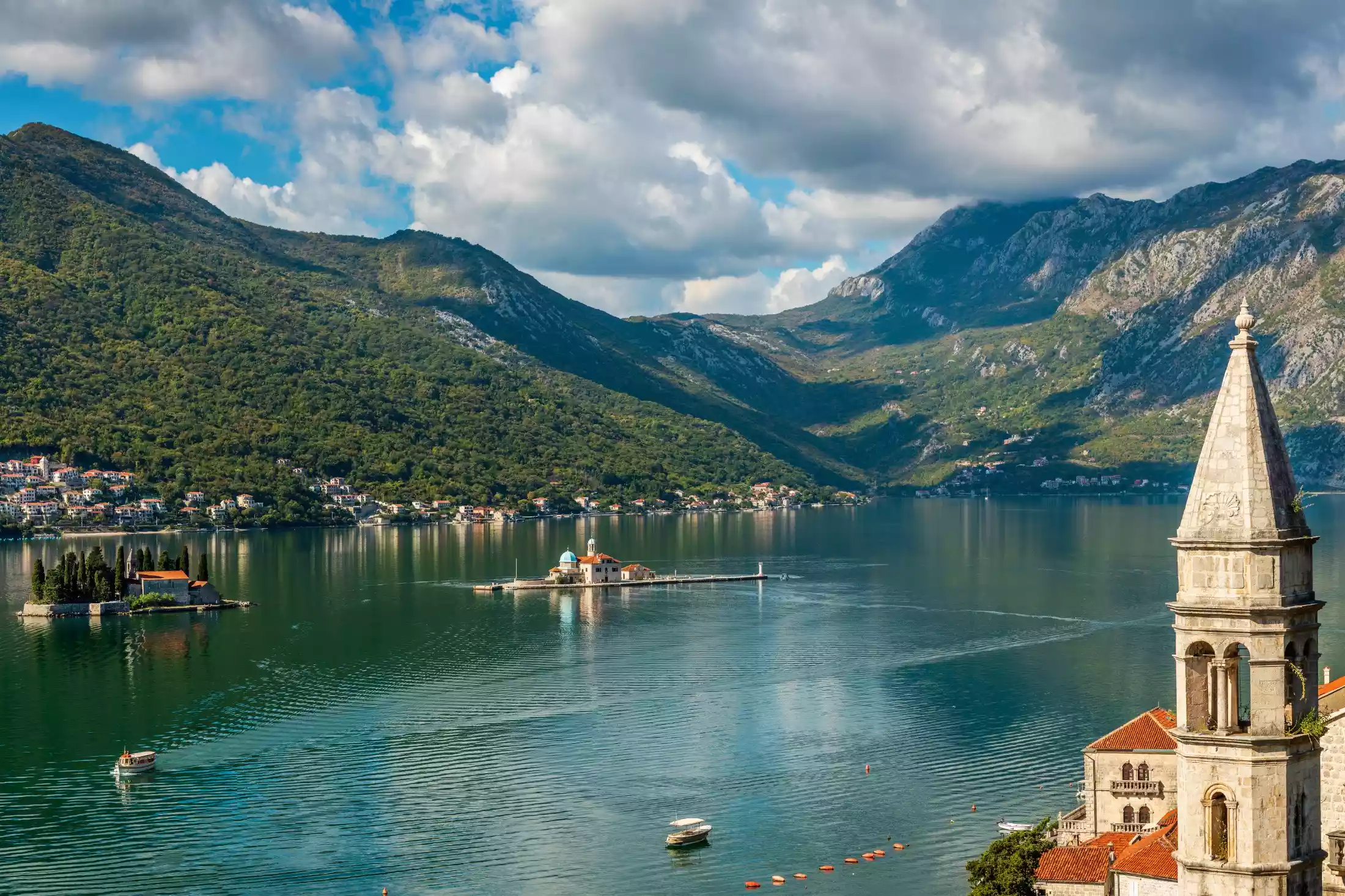
Unique Architecture and Landmarks: A Closer Look
Perast Montenegro is celebrated for its distinctive blend of architectural styles, which serve as a testament to the town's rich history and the various cultural influences that have shaped it over the centuries. Walking through the narrow streets of Perast, visitors are treated to a visual feast of Venetian, Baroque, and Renaissance architecture, with each building telling its own unique story.
Our Lady of the Rocks is one of the most iconic landmarks in Perast is the artificial island known as Our Lady of the Rocks. Created by local sailors over the centuries, the island was formed by placing rocks and sunken ships at the site. The island is home to a beautiful church and museum, both of which are dedicated to the Virgin Mary. The church's interior features a stunning collection of Baroque-era paintings by Tripo Kokolja, a local artist, while the museum showcases various artifacts from Perast's seafaring past.
Going more in depth into the local lore tells us that the origin of the island is linked to a miraculous event that took place in the 15th century.
The story goes that two fishermen brothers from Perast, both sailors, discovered an icon of the Virgin Mary with the Christ child on a rock in the middle of the bay. They believed this discovery to be an auspicious sign from the heavens. To honor the Virgin Mary and seek her protection for sailors, the local seafarers decided to create an island around the rock where the icon was found. They began to drop stones and sink old ships at the site, slowly building up an artificial island over time. Eventually, a small church was constructed on the island to house the revered icon.
There is one more uniquely touching local tale connected to this church. It is said that a local woman named Jacinta Kunić-Mijović, whose husband and brother were both sailors, began to weave a beautiful tapestry using silk thread and golden and silver fibers. However, what made this tapestry truly unique was that she also used strands of her own hair in the weaving process. It took her an astonishing 25 years to complete this intricate piece of art.
The remarkable tapestry created by Jacinta Kunić-Mijović not only reflects her dedication and artistic talent, but also tells the story of her life's journey. As she spent 25 years meticulously weaving the tapestry, her hair, which she incorporated into the artwork, underwent a natural transformation. The strands of hair that she initially used were dark, reflecting her youth when she began the project. However, as the years passed and she continued to work on the tapestry, her hair gradually turned gray, a testament to the passage of time and the aging process.
This unique aspect of the tapestry adds a deeply personal and poignant dimension to the artwork. The blending of dark and gray hair symbolizes the devotion and love Jacinta poured into her work, as well as her unwavering faith in the Virgin Mary's protection for her husband and brother. It serves as a visual reminder of the sacrifices she made and the passage of time, encapsulating her life story within the intricate stitches.
Visitors who have the opportunity to admire the tapestry, along with other religious artifacts and artwork, can witness this extraordinary display of human resilience, love, and faith. The changing colors of Jacinta's hair, seamlessly woven into the fabric, make this tapestry a singular piece of art, imbued with an emotional depth that transcends time and continues to inspire those who encounter it. The island's intriguing history and idyllic setting make it an essential stop on any visit to Perast Montenegro
In addition to this famous landmark, Perast is home to numerous other architectural gems that are worth exploring:
- St. Nicholas Church: This 17th-century Baroque church is dedicated to the patron saint of sailors, St. Nicholas. The impressive structure features ornate stonework, intricate frescoes, and exquisite iconography. The church's bell tower stands 55 meters tall and offers panoramic views of the Bay of Kotor and the surrounding mountains. Visitors can climb the tower's 180 steps to enjoy this breathtaking vista.
- Perast Maritime Museum: Housed in the beautiful Baroque palace of the Bujović family, the Perast Maritime Museum is a must-visit for those interested in learning about the town's maritime history. The museum's collection includes ship models, navigational instruments, weapons, uniforms, and personal belongings of local sailors. The palace itself is an architectural masterpiece, with its ornate facade and beautifully preserved interiors providing a glimpse into the opulence of Perast's golden age.
- The Marković and Zmajević Palaces: These elegant Baroque palaces were built by wealthy merchant families during the 17th and 18th centuries. Both palaces feature grand facades, ornate balconies, and lavish interior decorations, showcasing the prosperity of Perast during its heyday.
- St. Anne's Church: Located on a hillside overlooking the town, this small church is a fine example of Baroque architecture. The church's interior is adorned with beautiful frescoes, while its peaceful courtyard offers stunning views of the bay.
- The Gospa od Škrpjela Church: This small church is situated on the picturesque island of St. George, just a short boat ride from Our Lady of the Rocks. The church features a simple yet elegant design, with a beautiful stone facade and a charming bell tower.
- The Defensive Walls and Gates: Remnants of Perast's defensive walls and gates can still be seen throughout the town. These fortifications were built during the Venetian era to protect Perast from potential invaders, and their imposing presence serves as a reminder of the town's strategic importance in centuries past.
As you wander through the streets of Perast, you'll be struck by the harmony of its diverse architectural styles, which coalesce to create a truly enchanting atmosphere. The town's stunning buildings, steeped in history and cultural significance, provide a captivating backdrop for your visit to this enchanting corner of Montenegro.
Beaches and Accommodation
Perast's location along the Adriatic coastline offers several swimming and sunbathing spots. The most popular beaches are:
- Pirate Beach: A small, pebbly beach with crystal clear waters, located just a short walk from the town center.
- Morinj Beach: A larger, sandy beach situated a few kilometers away from Perast, offering a more relaxing atmosphere.
Accommodation options in Perast cater to various budgets and preferences, from luxury hotels to charming guesthouses. Some highly-rated options include the Iberostar Heritage Grand Perast Hotel, the Conte Hotel & Restaurant, and the Admiral Guesthouse.
Savoring Perast's Culinary Delights
In Perast Montenegro, visitors can savor the rich and diverse culinary offerings that reflect the town's historical and cultural influences. The local cuisine is characterized by a delightful fusion of Mediterranean, Venetian, and Balkan flavors, offering a delectable array of dishes that are sure to please even the most discerning palate.
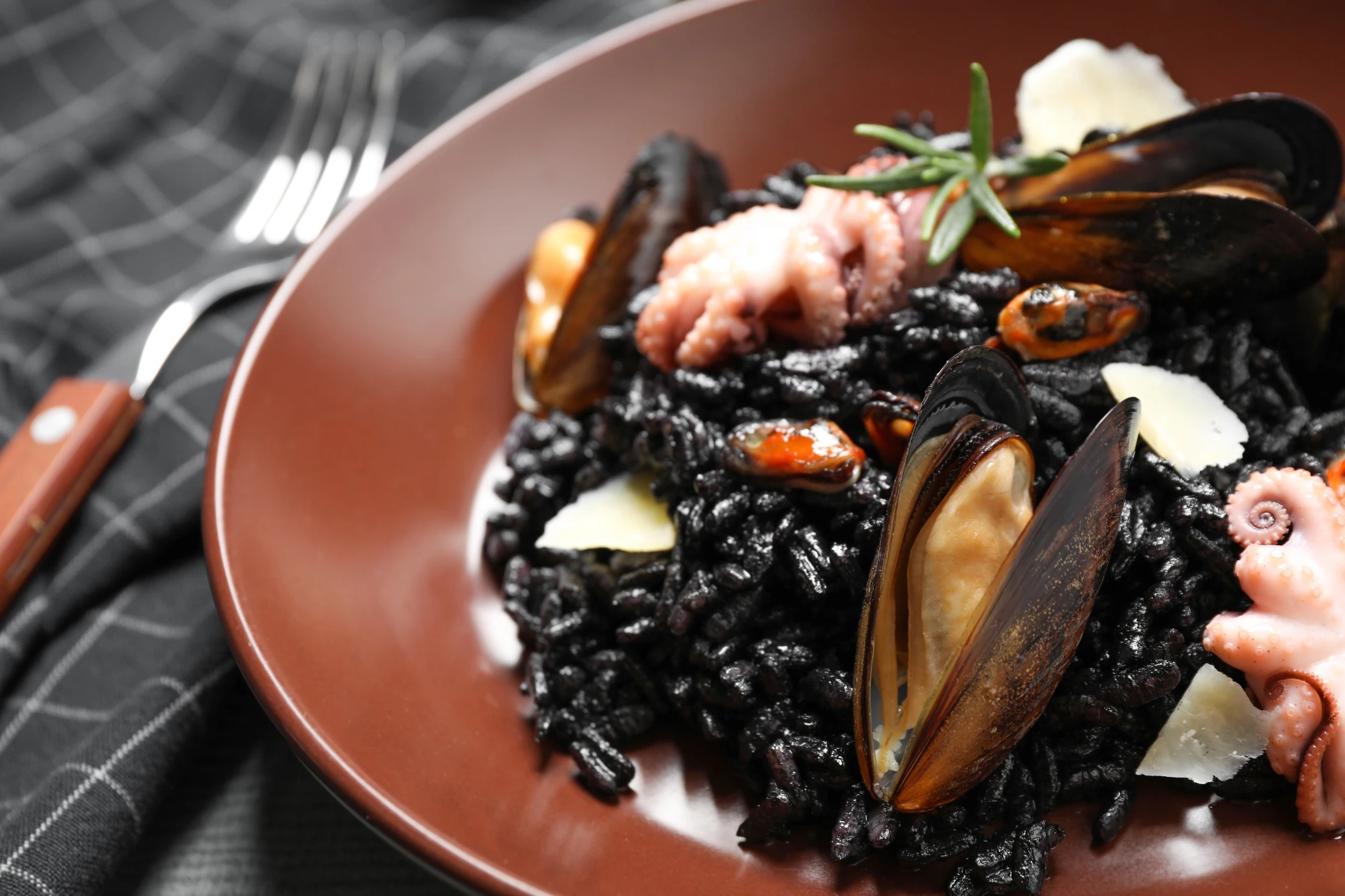
Fresh seafood is a staple in Perast, with mouthwatering options like grilled fish, octopus salad, and black risotto with cuttlefish ink being popular among locals and tourists alike. The coastal town also boasts an abundance of locally sourced ingredients, such as olives, citrus fruits, and aromatic herbs, which are used to create vibrant and flavorful dishes. In addition to seafood, visitors can enjoy traditional Montenegrin favorites like Njeguški pršut, a delicious air-dried ham, or pasticada, a slow-cooked beef dish often served with gnocchi.
To round off a meal, indulge in sweet treats like kroštule, a type of fried dough sprinkled with powdered sugar, or enjoy a scoop of homemade gelato at one of the charming cafes lining the streets of Perast. As you dine alfresco, taking in the breathtaking views of the Bay of Kotor, you'll discover that the culinary experience in Perast is not only a feast for the taste buds but also a feast for the senses.
Exploring Nearby Towns
Perast's location in the Bay of Kotor makes it an excellent base for exploring other nearby towns and attractions. Some popular destinations include:
- Kotor: A UNESCO World Heritage site, this fortified town is known for its stunning old town, preserved medieval architecture, and picturesque setting.
- Herceg Novi: Located at the entrance of the bay, this charming town offers beautiful beaches, lush parks, and a rich history.
- Tivat: A modern coastal town featuring the luxurious Porto Montenegro Marina, perfect for yacht enthusiasts and shoppers alike.
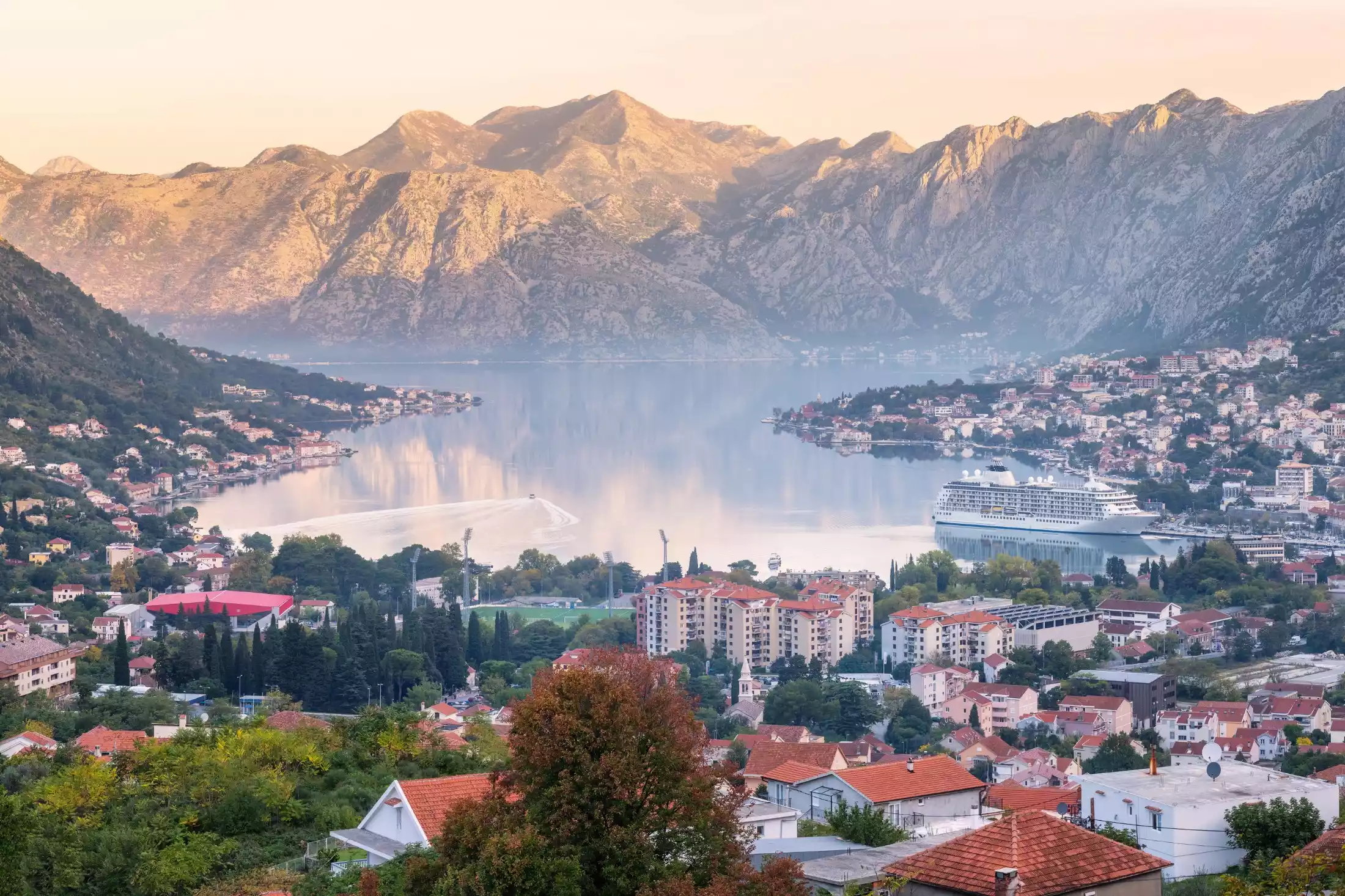
Best Time to Visit
Perast Montenegro has a Mediterranean climate with mild winters and warm summers. The peak tourist season runs from June to August, with sunny weather and numerous events taking place. However, for those seeking a quieter experience, visiting during the shoulder seasons of April-May and September-October offers pleasant temperatures and fewer crowds.
Yearly Visits and Guided Tours
Perast attracts a growing number of tourists each year, with recent estimates suggesting over 100,000 annual visitors. To fully appreciate the town's history and culture, guided tours are highly recommended. Options include walking tours, boat tours around the Bay of Kotor, and even specialized tours focusing on the town's legends and mysteries.

Boat Rides and Water Activities
A trip to Perast would be incomplete without experiencing the Bay of Kotor from the water. Boat rentals and guided boat tours are available for exploring the bay, including visits to the Our Lady of the Rocks island and the Blue Grotto, a stunning sea cave with turquoise waters. For those seeking more adventure, water sports such as kayaking, stand-up paddleboarding, and snorkeling can be enjoyed in the surrounding area.
Famous Visitors and Locals
Perast has long been a magnet for artists, writers, and travelers, with its breathtaking beauty inspiring creativity. Famous visitors to Perast include Lord Byron, who referred to Montenegro as "the most beautiful encounter between land and sea." The town is also the birthplace of renowned mathematician and astronomer Andrija Paltašić, who was instrumental in creating the first printed atlas.
Airports and Transportation
The nearest airport to Perast is Tivat Airport, located approximately 20 kilometers away. Podgorica Airport and Dubrovnik Airport in Croatia are also within a reasonable distance, at 90 kilometers and 73 kilometers away, respectively. Renting a car, taking a bus, or hiring a private transfer are all viable options for reaching Perast from these airports.
Once in Perast, the town is easily navigable on foot, with most attractions located within walking distance. For exploring the surrounding area, car rentals and organized tours are available.
Final Thoughts on Perast Montenegro
Perast Montenegro is a true gem on the Adriatic Coast, offering a rich history, unique architecture, stunning landscapes, and warm hospitality. Whether you're searching for relaxation, adventure, or cultural immersion, Perast has something for everyone. As you stroll through the narrow streets, marvel at the Baroque palaces, or watch the sun set over the Bay of Kotor, you'll find yourself falling in love with this enchanting town. Don't miss the opportunity to visit Perast and create unforgettable memories on the shores of the Adriatic.